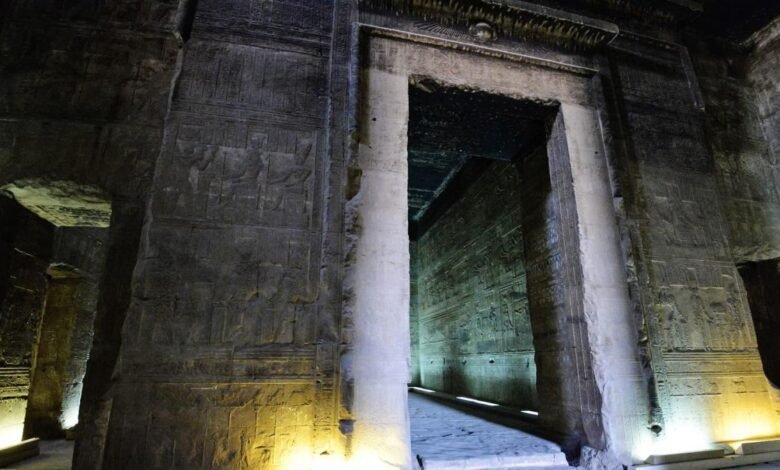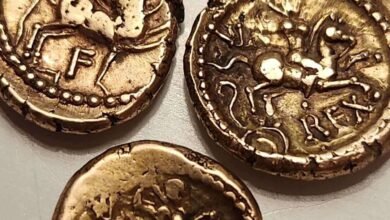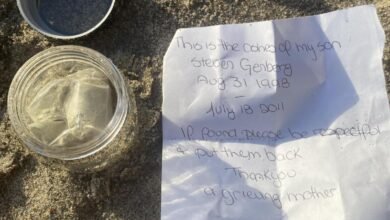Archaeologists found three ancient family tombs filled to the brim with treasure

-
Archaeologists discovered three 1,800-year-old tombs from ancient China.
-
The design of the graves resembles that of a residence and shows the importance of family, even during the funeral.
-
While looters almost completely looted two of the three graves, one remained largely untouched, yielding a family treasure.
Archaeologists discovered three remarkable 1,800-year-old residential-style tombs with rooms and windows where an ancient Chinese family was buried alongside their prized possessions.
While preparing a local park expansion in Rizhao, China, archaeologists came across the tombs, which date back to the Han Dynasty. But the archaeologists weren’t the first to find the tombs; Previously, looters had discovered at least parts of it at some point and largely cleared two of the graves, while the third remained relatively untouched.
According to a translated statement from the Institute of Archeology of the Chinese Academy of Social Sciences, reported by the Miami HeraldWhat makes the tombs so fascinating – apart from the 70 artifacts that form a family treasure in the third tomb – is the residential design.
Two of the tombs contained inscriptions of the Huan surname, indicating the clear familial connection between them. Experts say the tombs, which are accessible via passages, have a similar design. The best-preserved tomb, known as M3, includes interconnecting rooms with wooden windows and doors, suggesting it may have been the final resting place of a married couple.
The excavation in Rizhao, about 400 miles from Beijing, found more than 70 artifacts, from an iron sword to bronze mirrors and various pottery. Archaeologists say it was probably the family’s treasure.
In a decidedly unusual discovery, the team also discovered parts of a coffin cart used to transport the coffins into the grave. The archaeologists described it as “exquisitely crafted and an unusual find.”
The discovery of ancient tombs in China sheds light on cultural practices of bygone eras. A more recent find from the Second Jin Dynasty, dating back about 800 years, provides evidence of non-Chinese influences in the cultural fabric of Shanxi Province.
This discovery, which was also a group of three tombs, showed that each tomb had its own characteristics and style, from the architectural design to the murals. Brick carved arches, doors and windows played a large role, and murals depicted plant patterns and figures. Each grave told its own story with epitaphs and inscriptions that linked historical and geographical information crucial to the time.
You May Also Like



